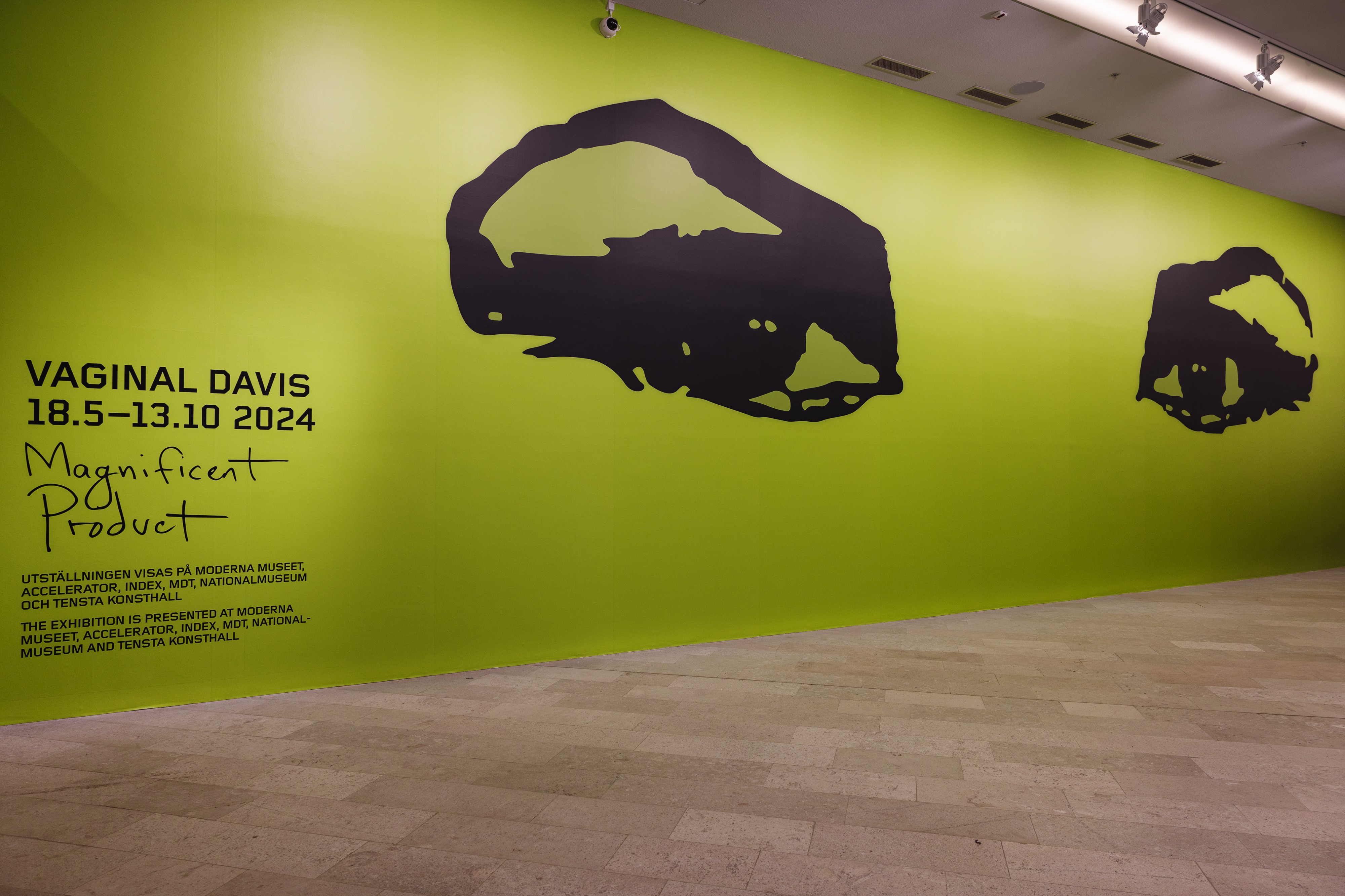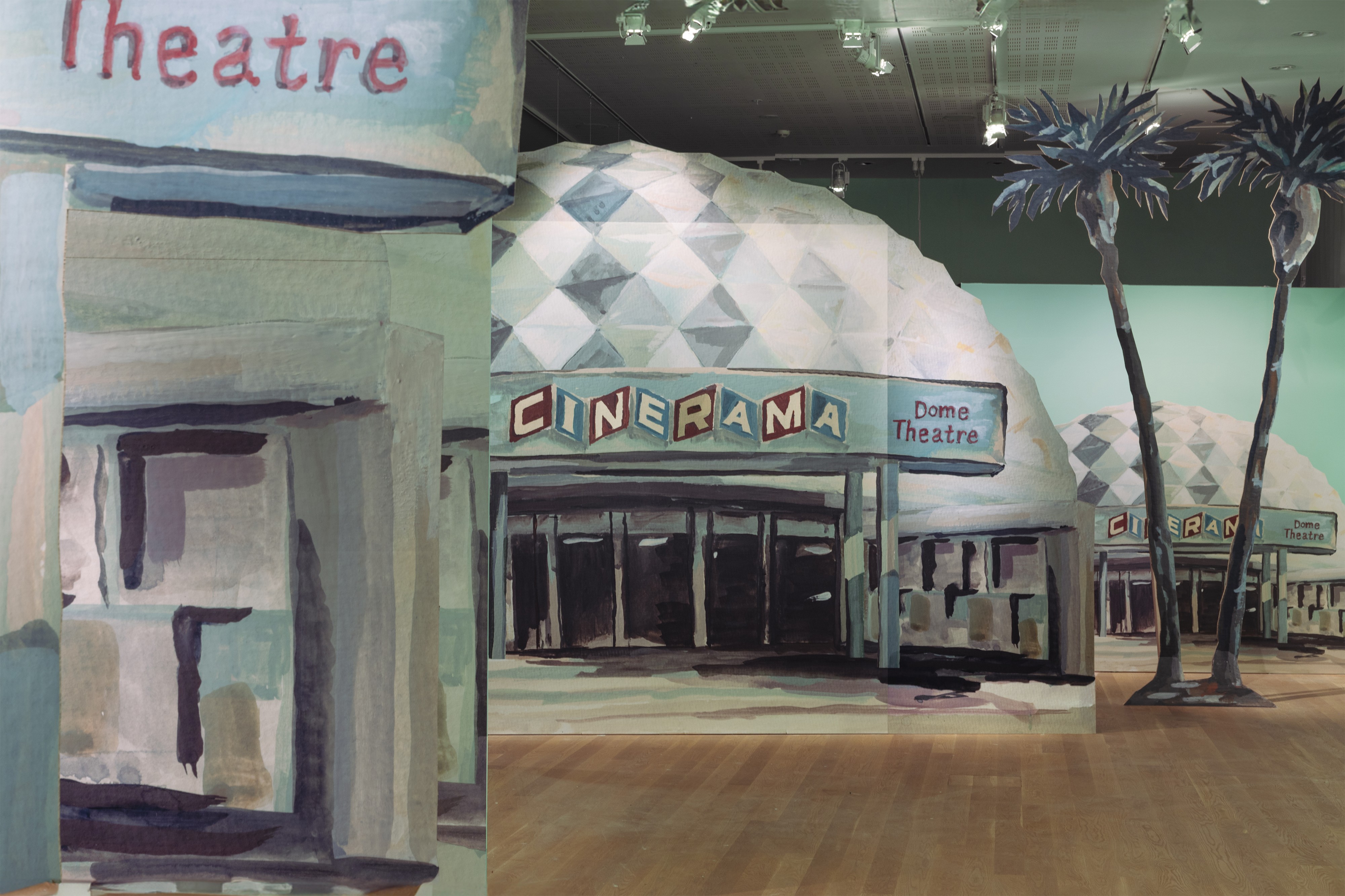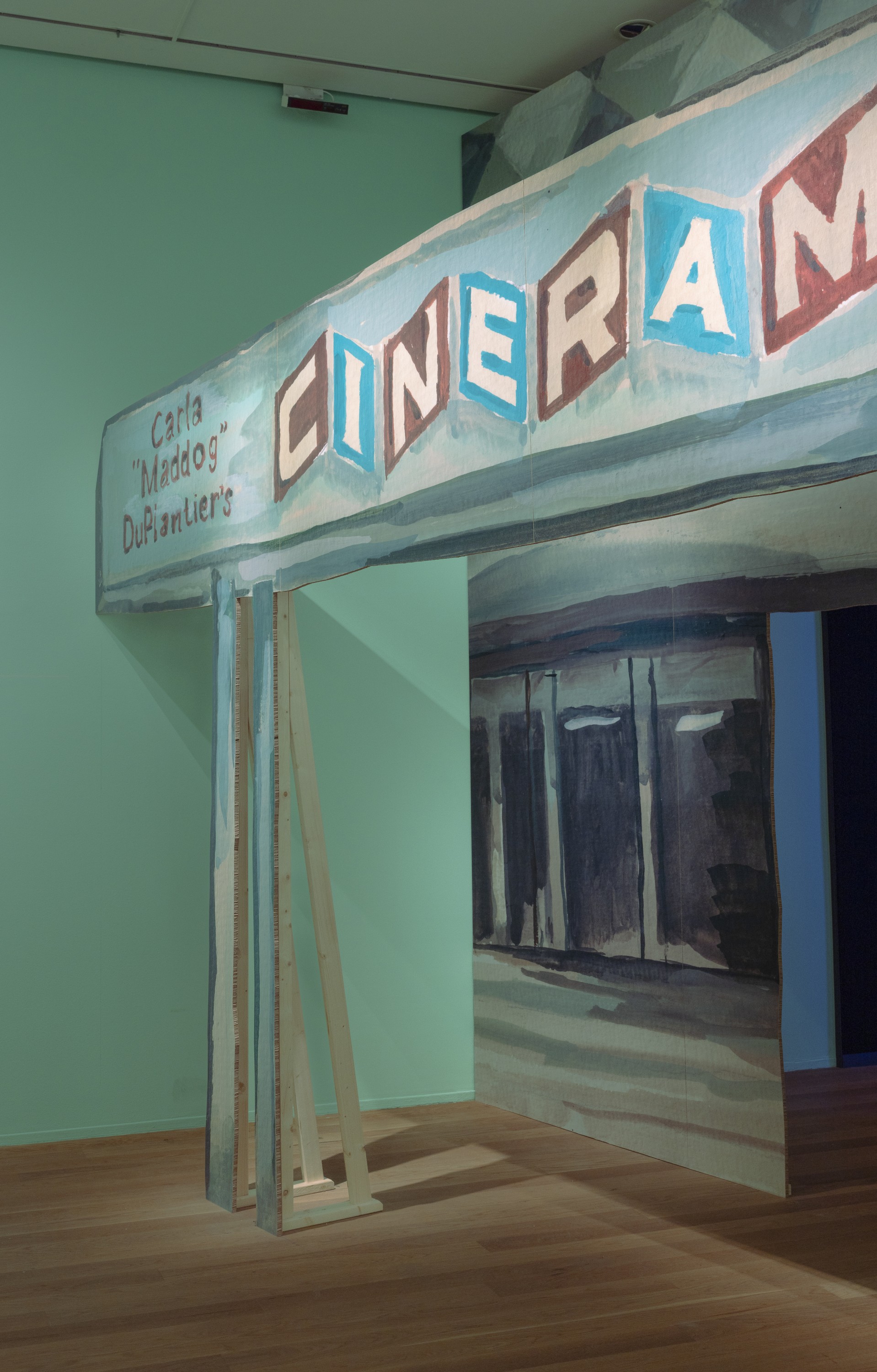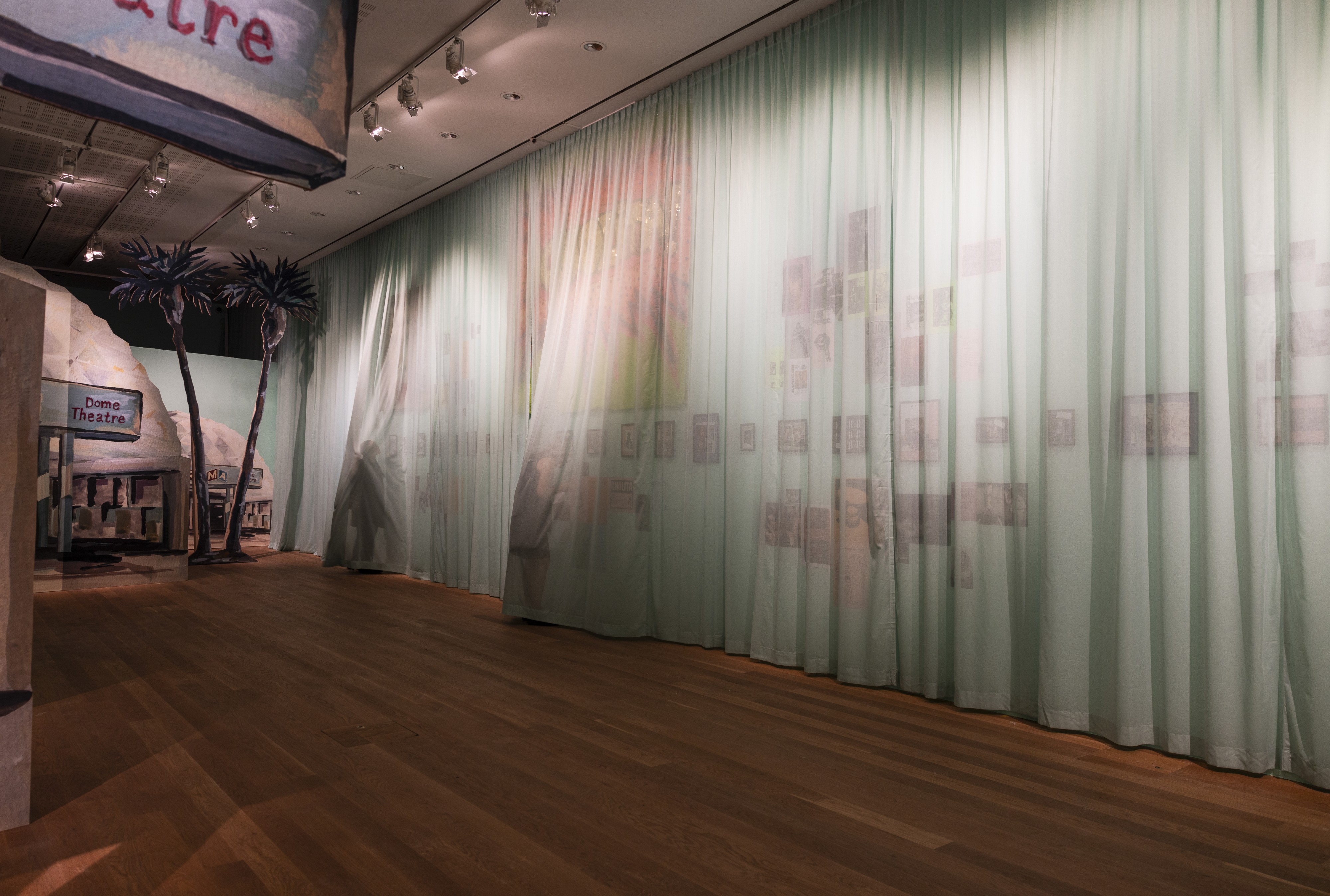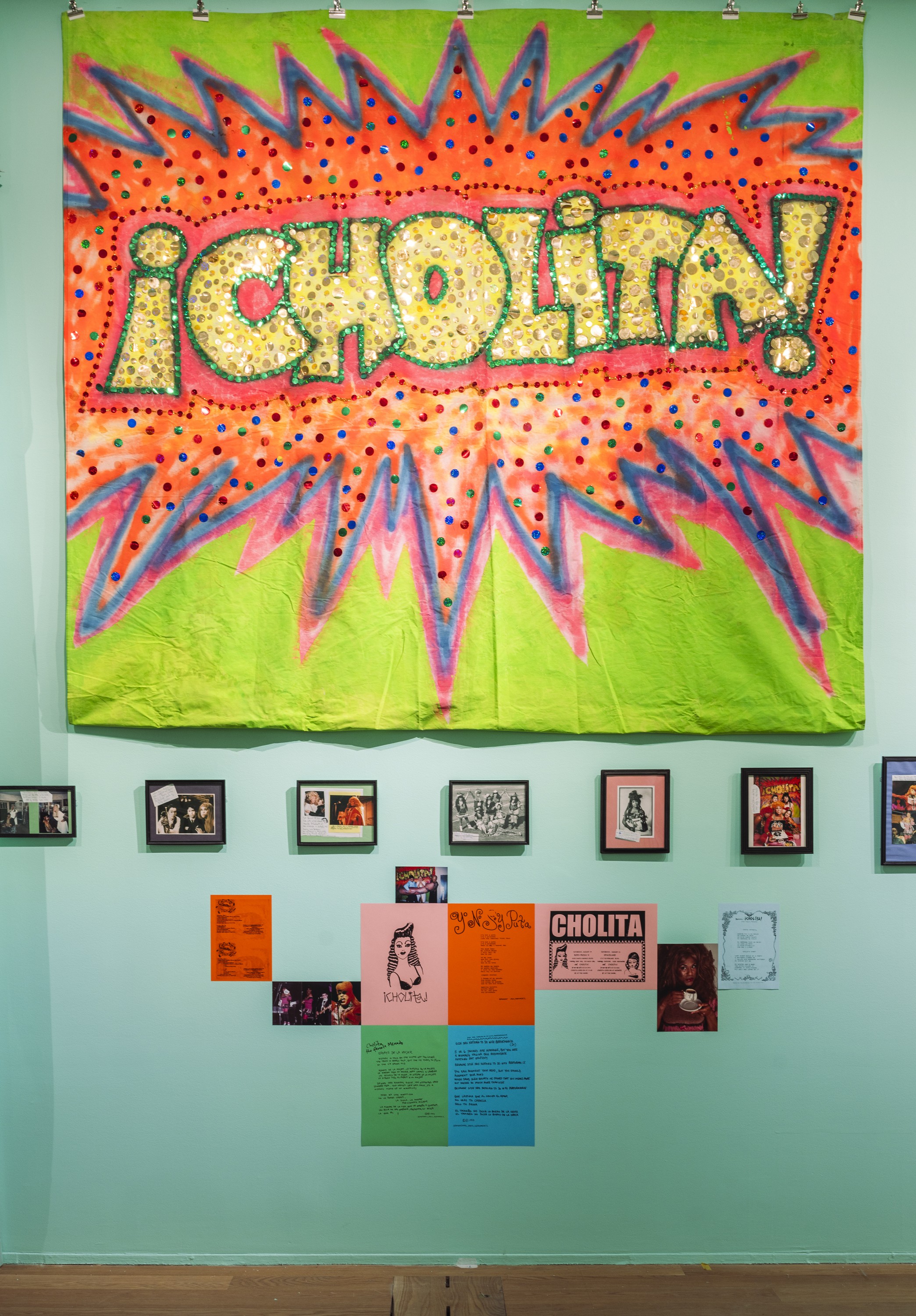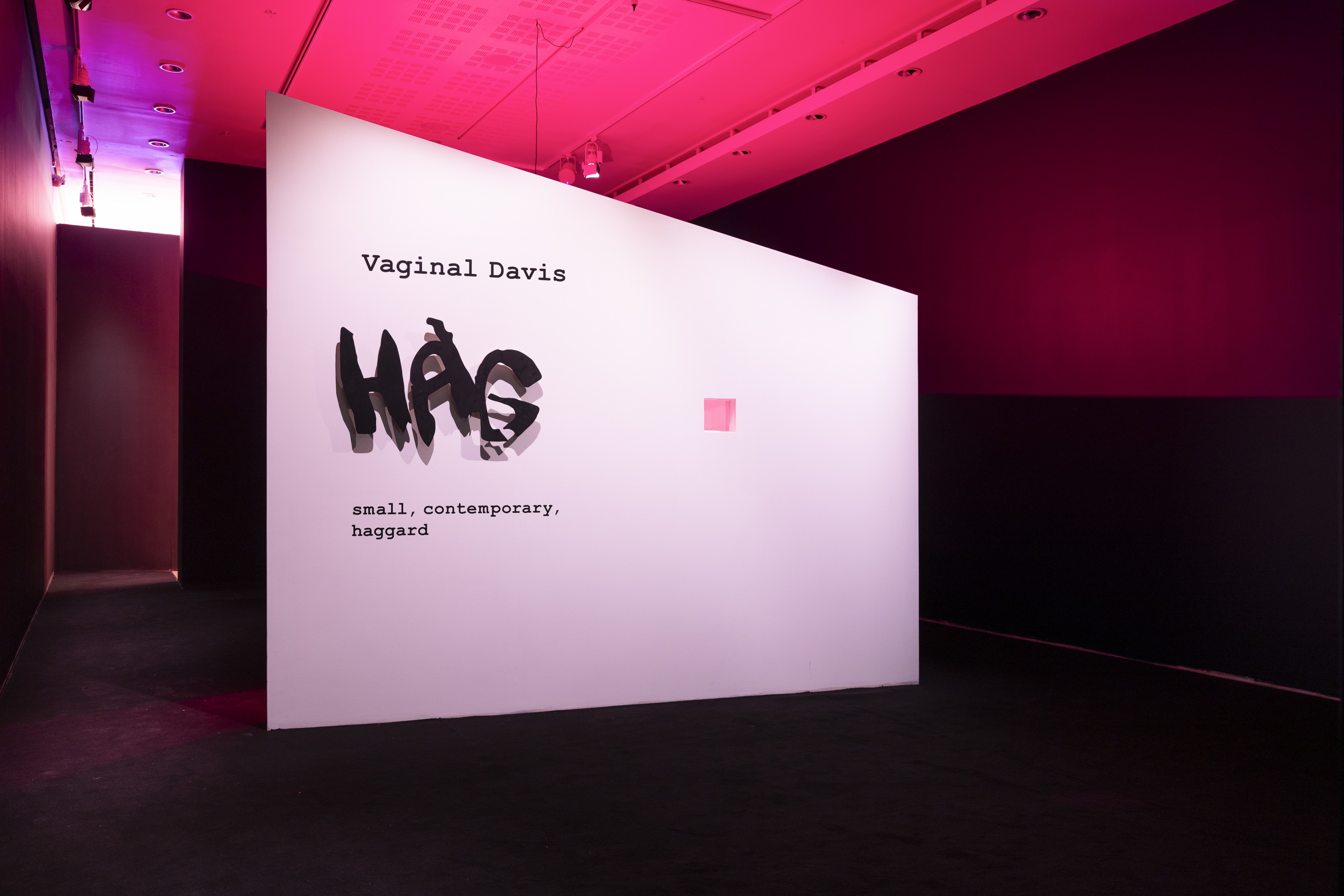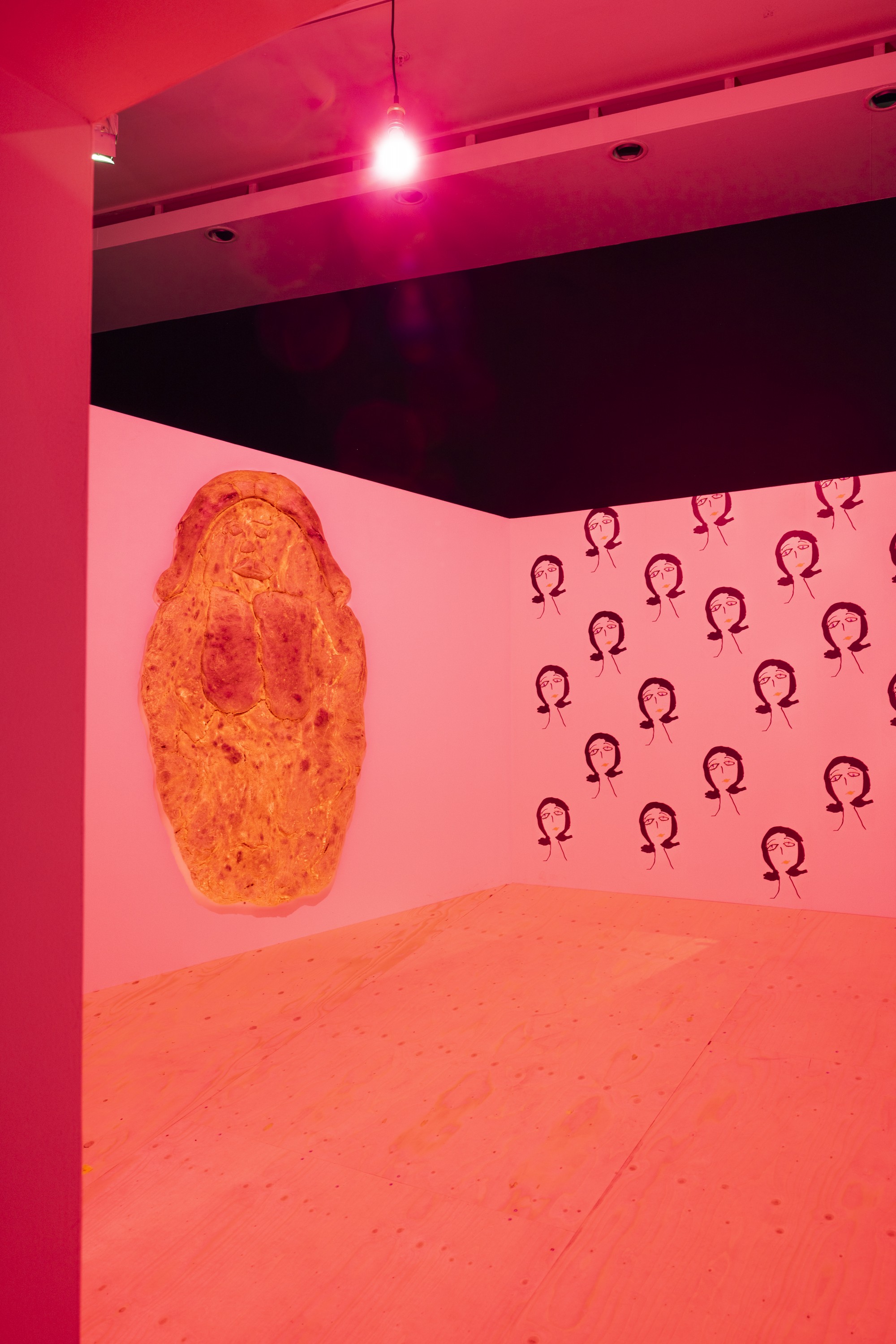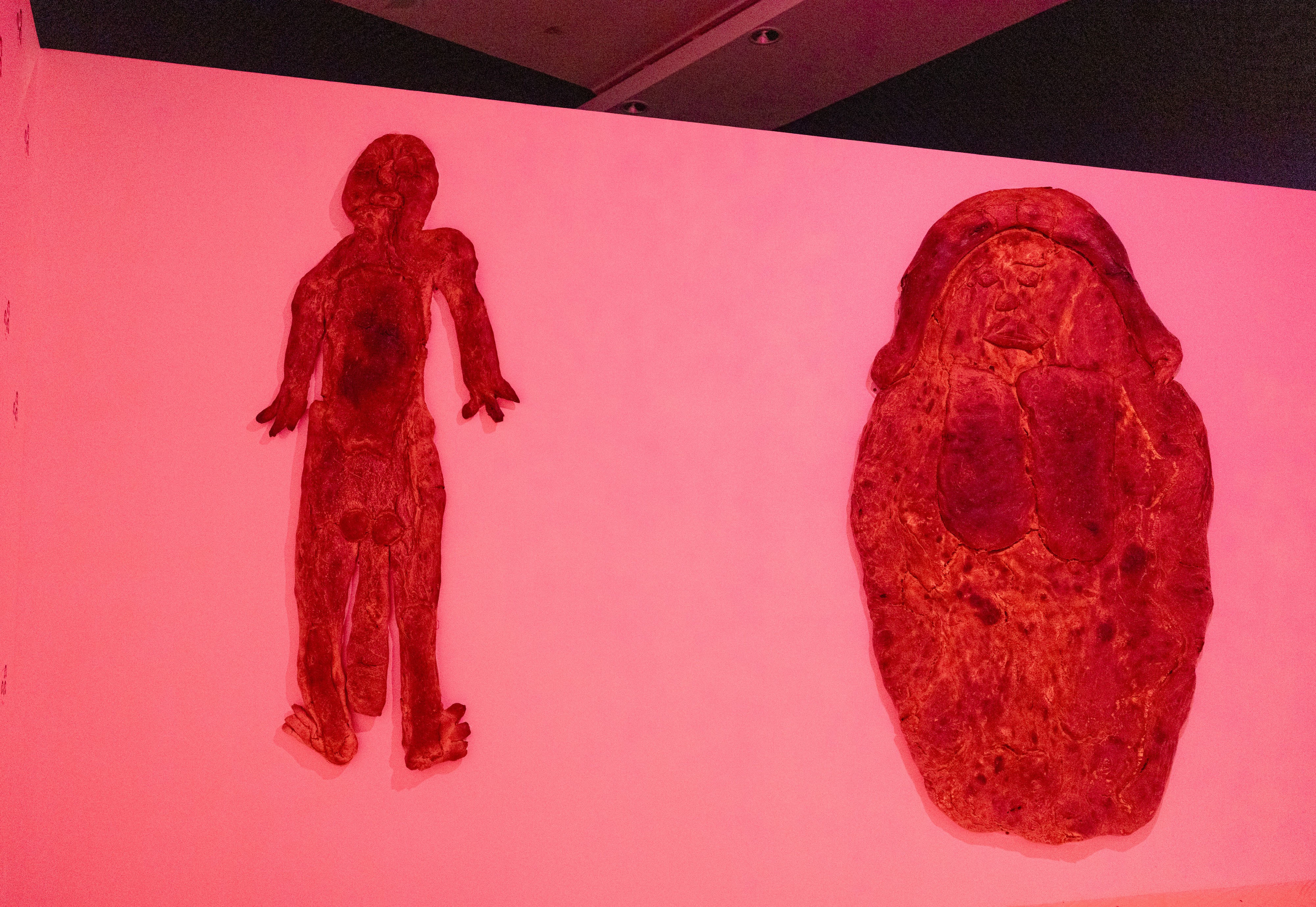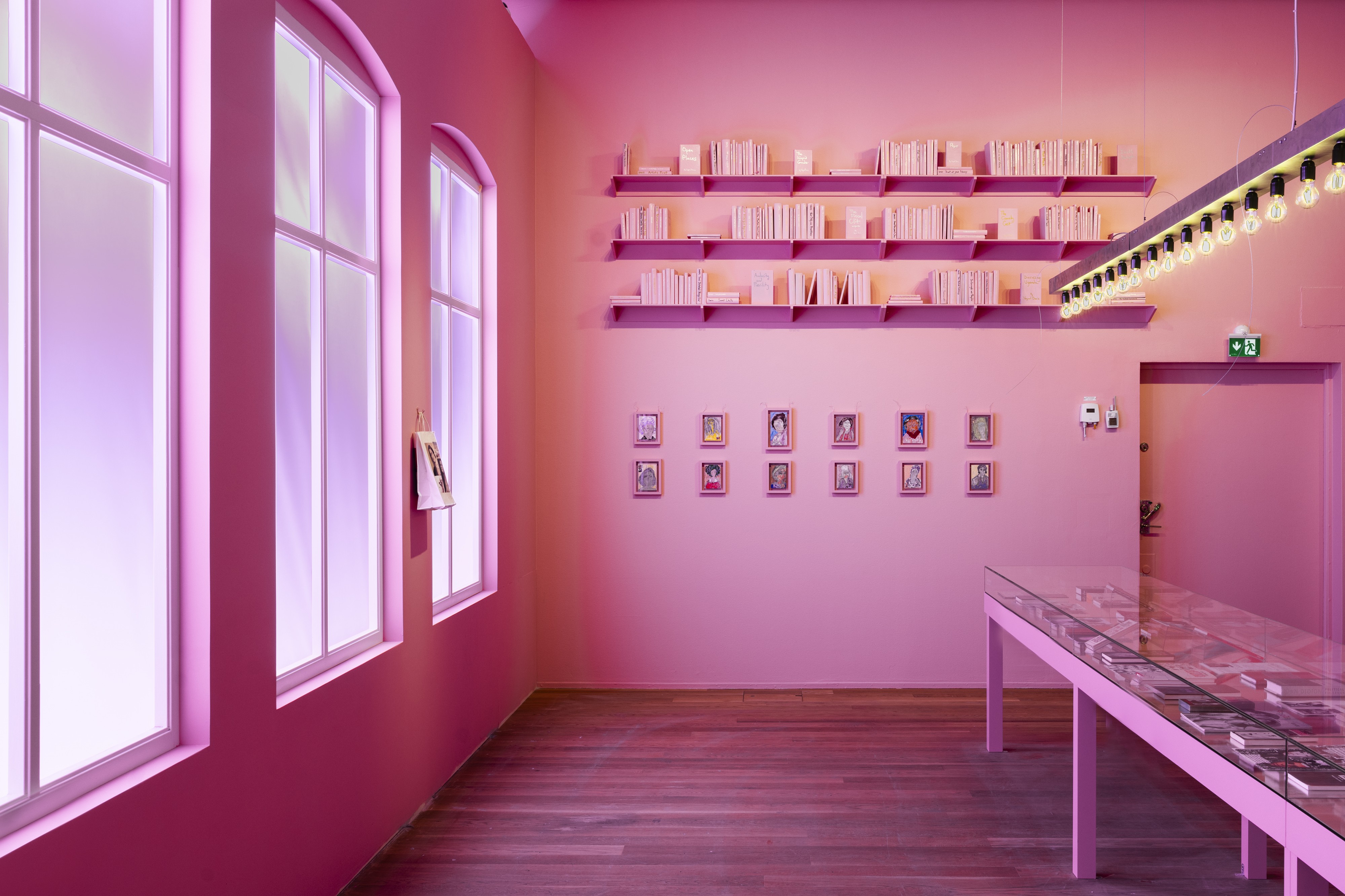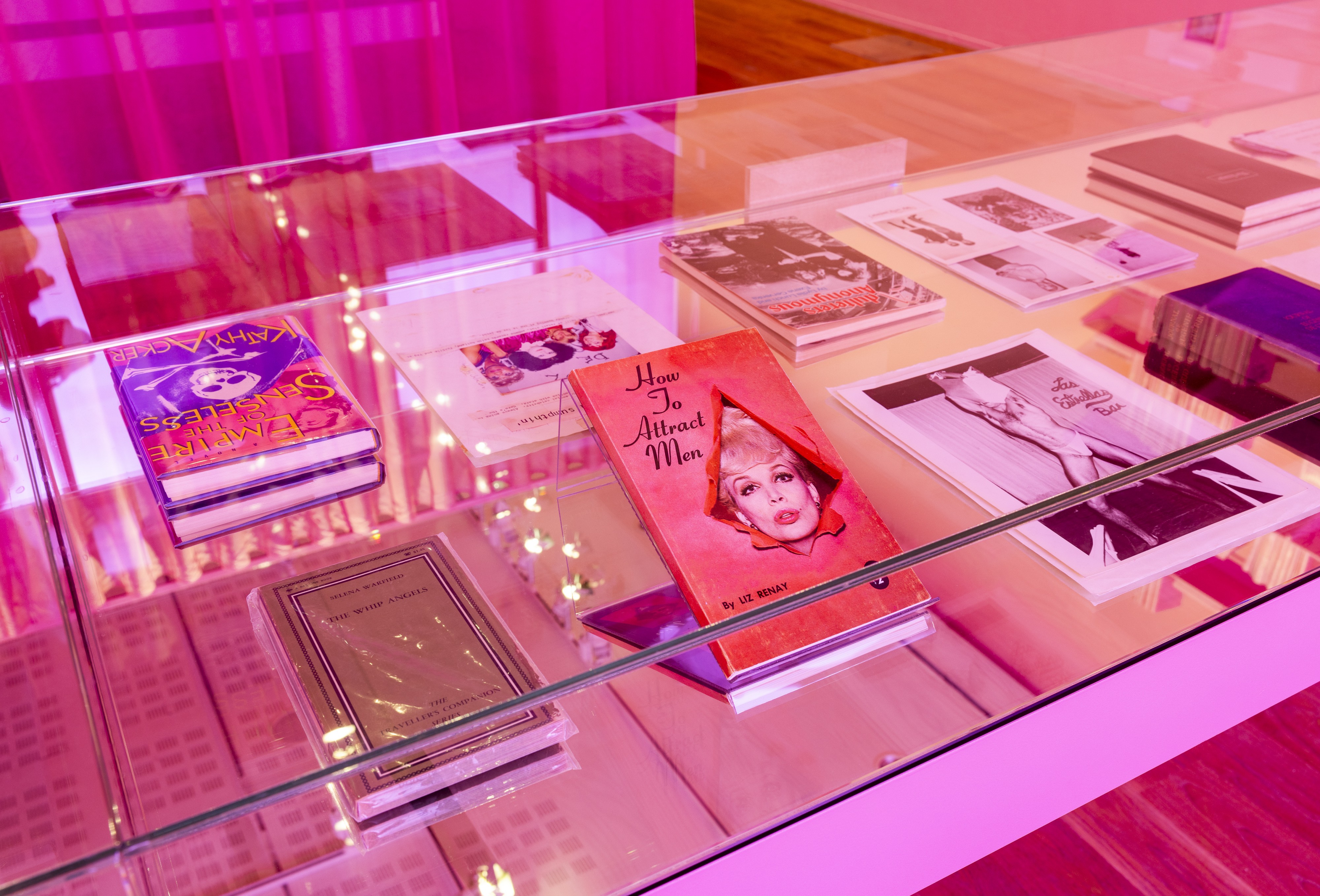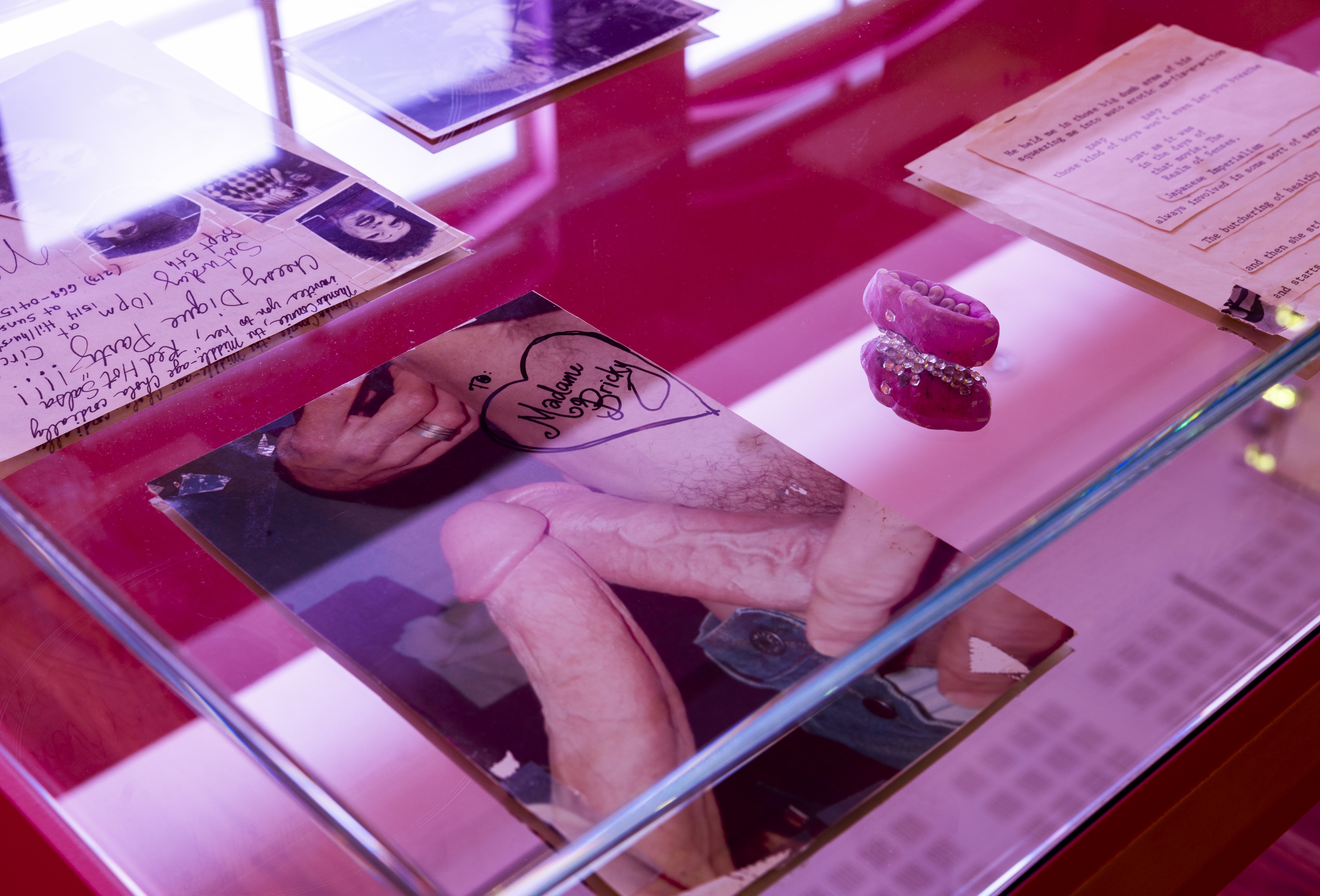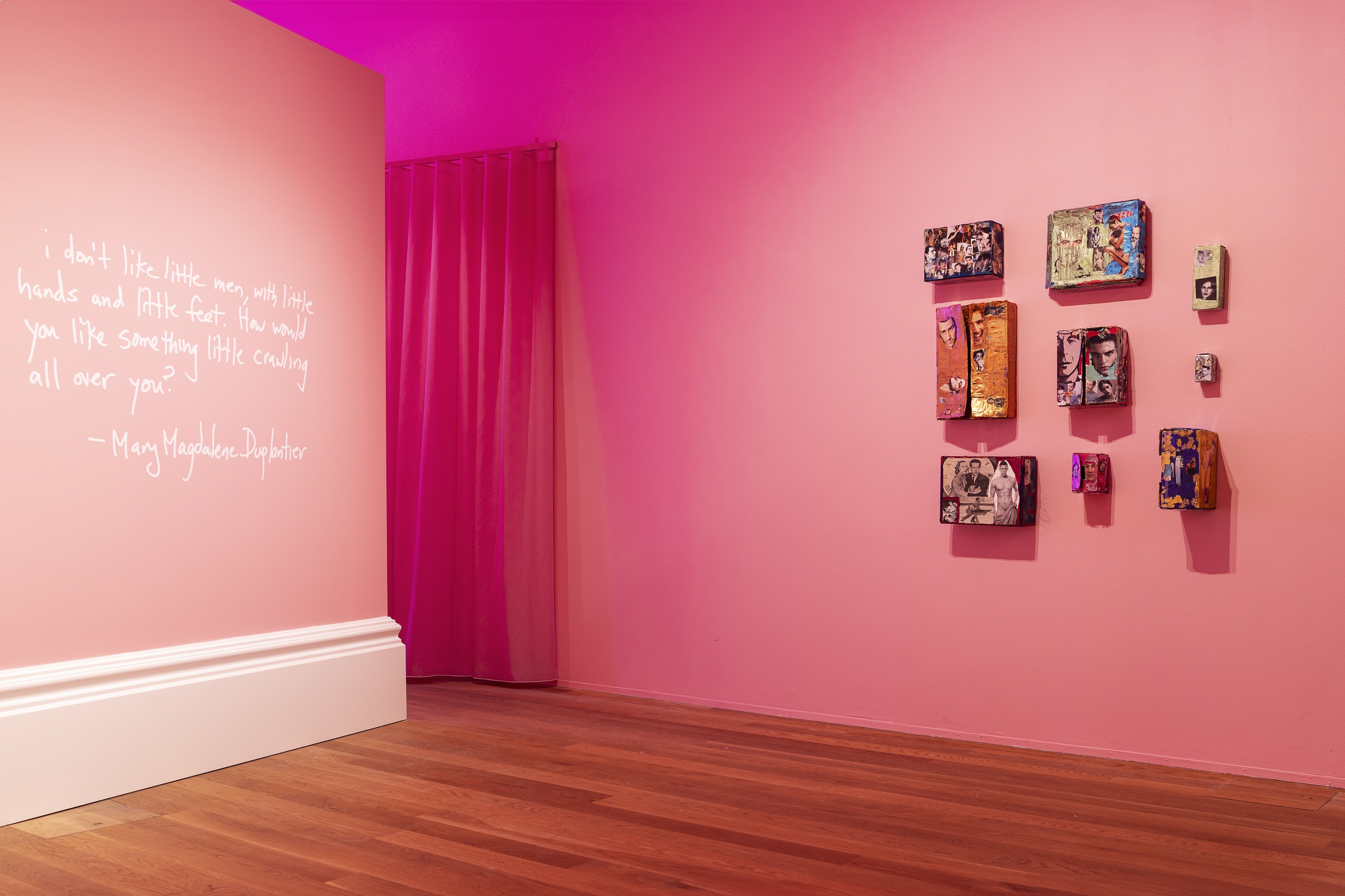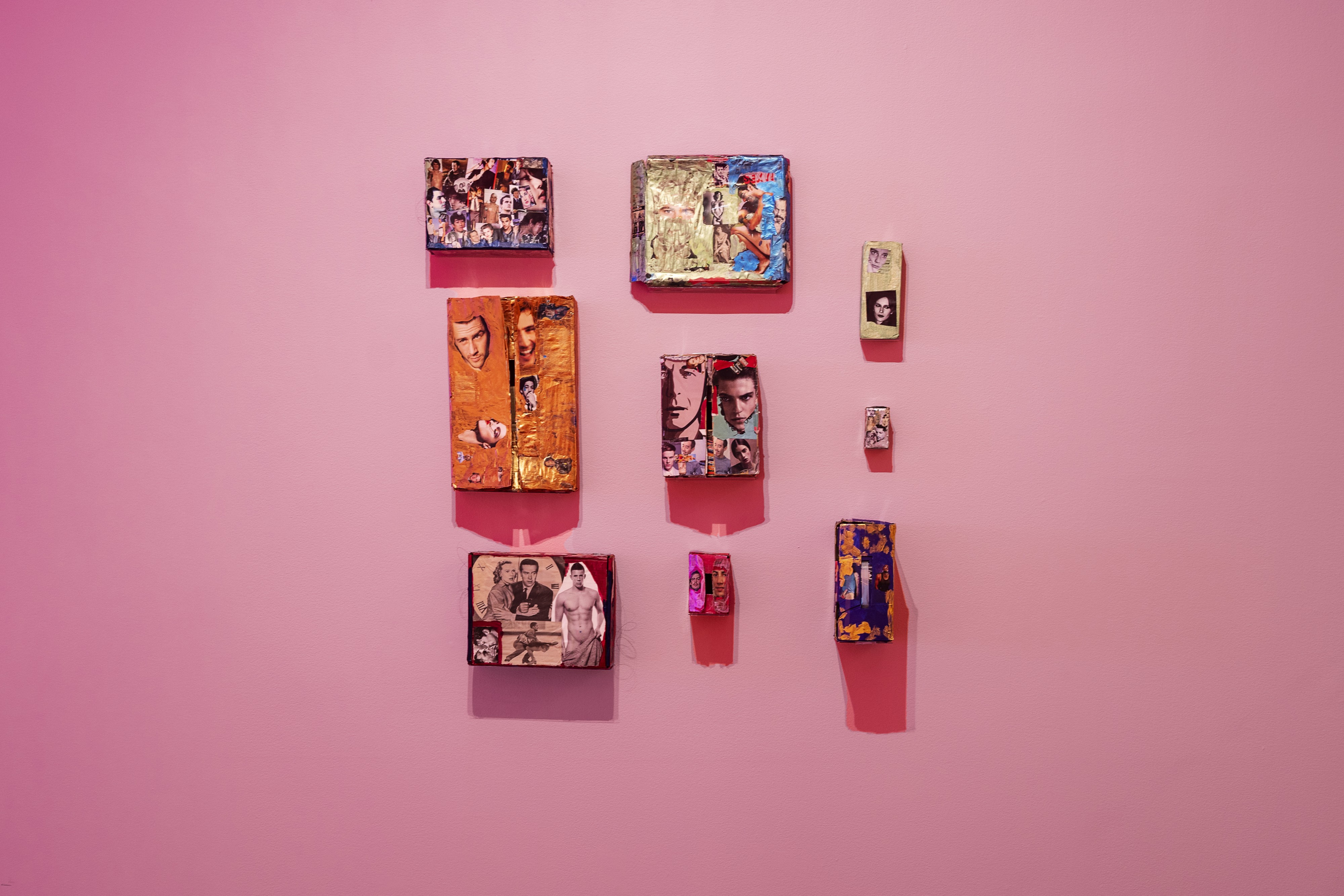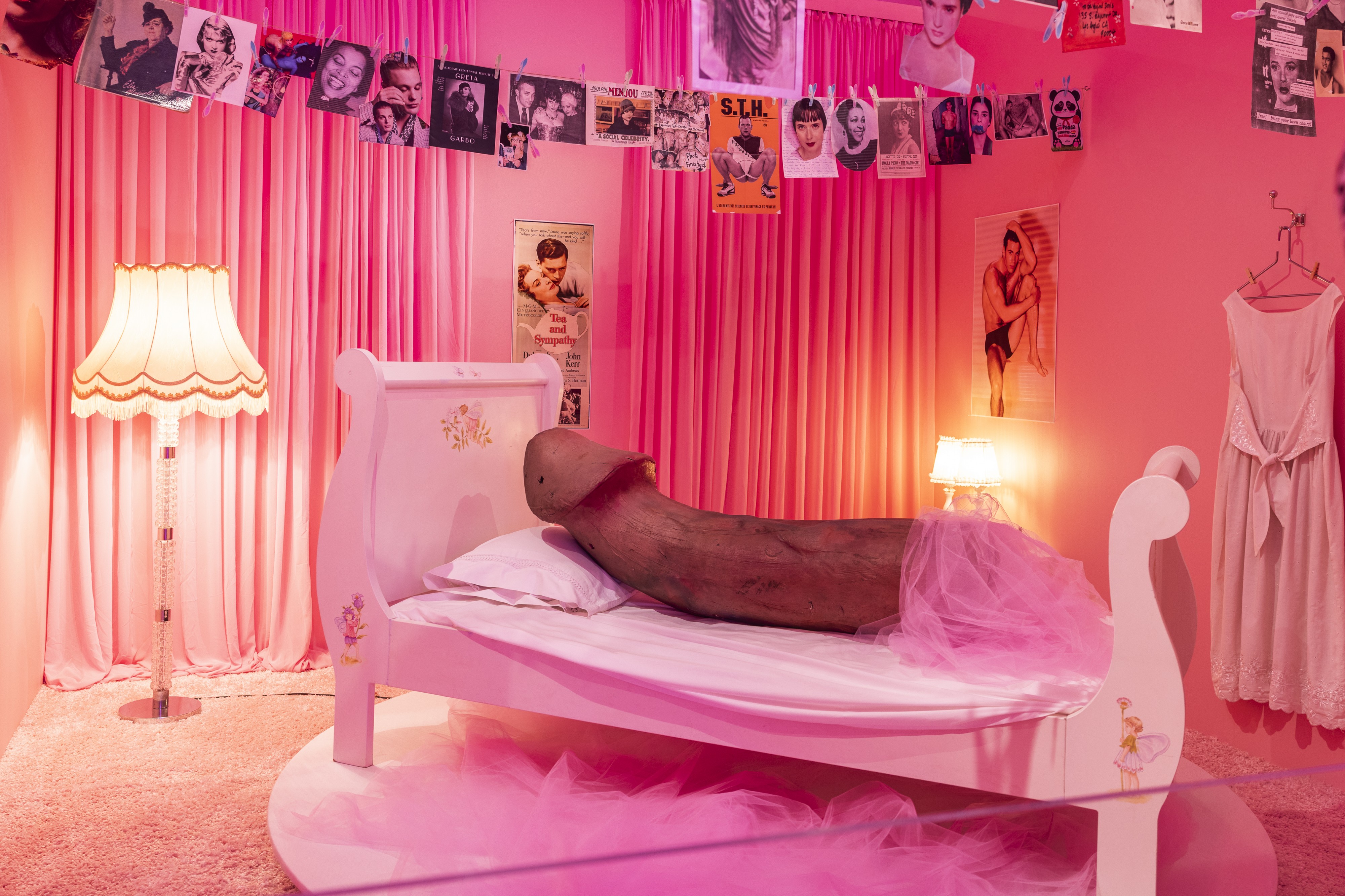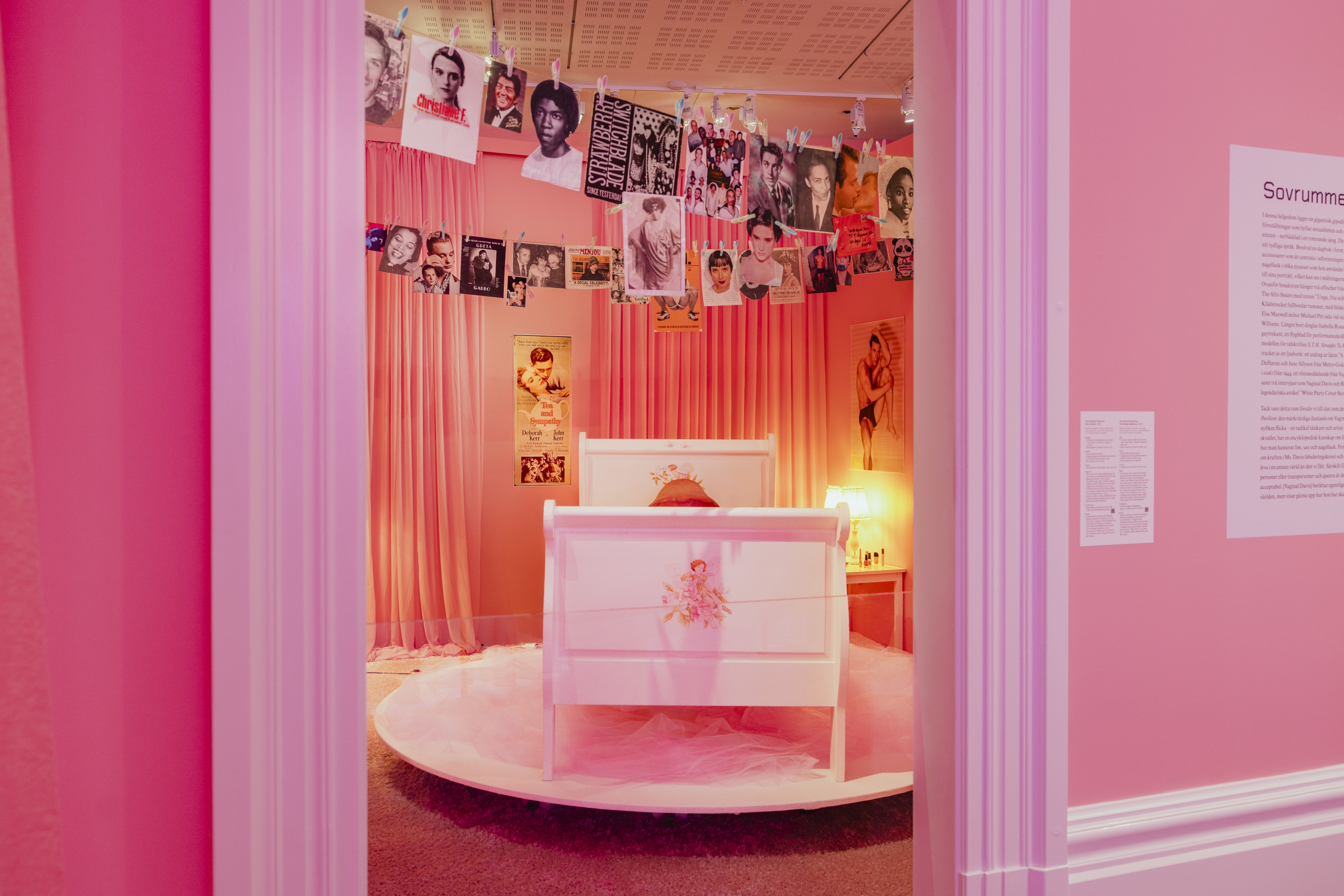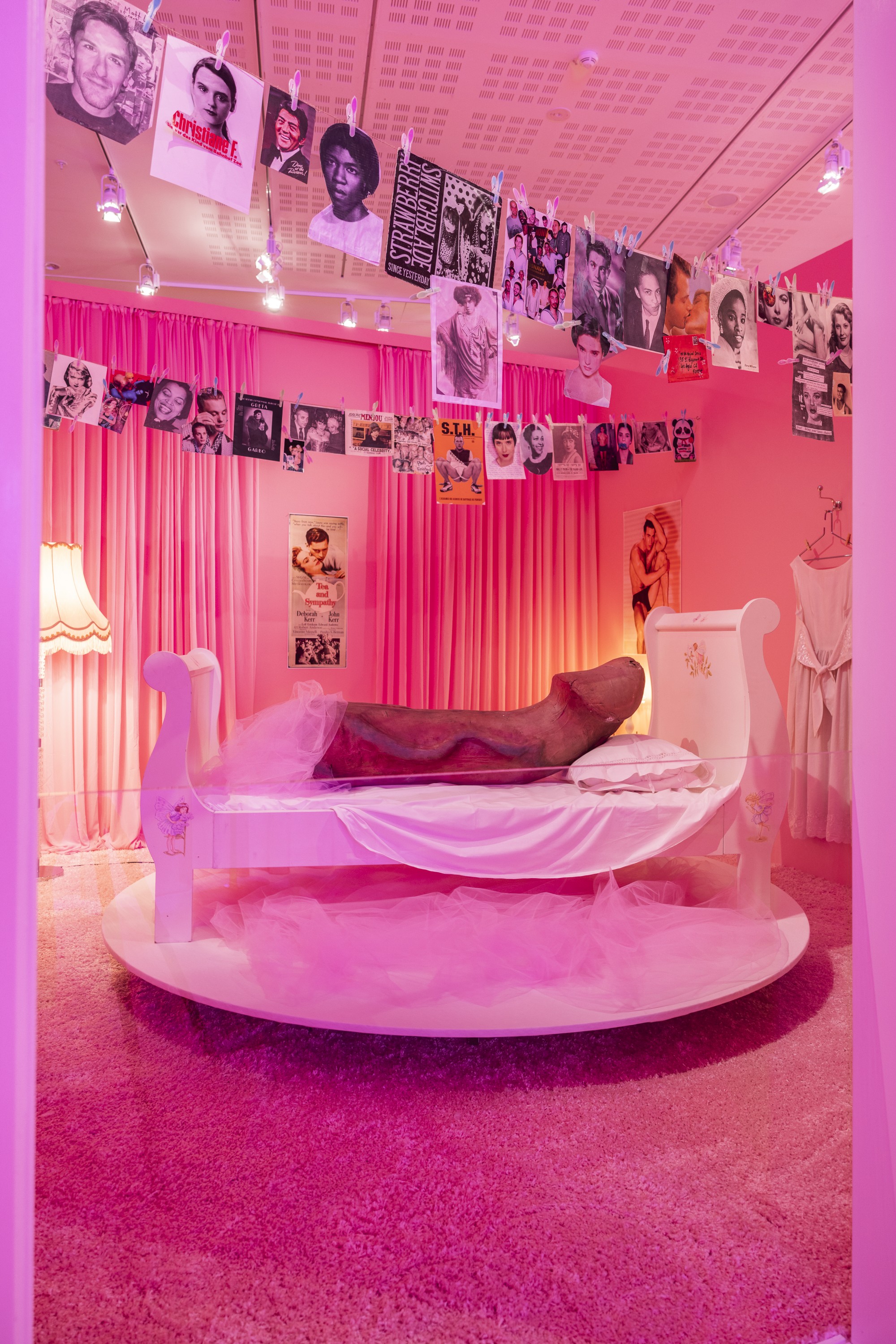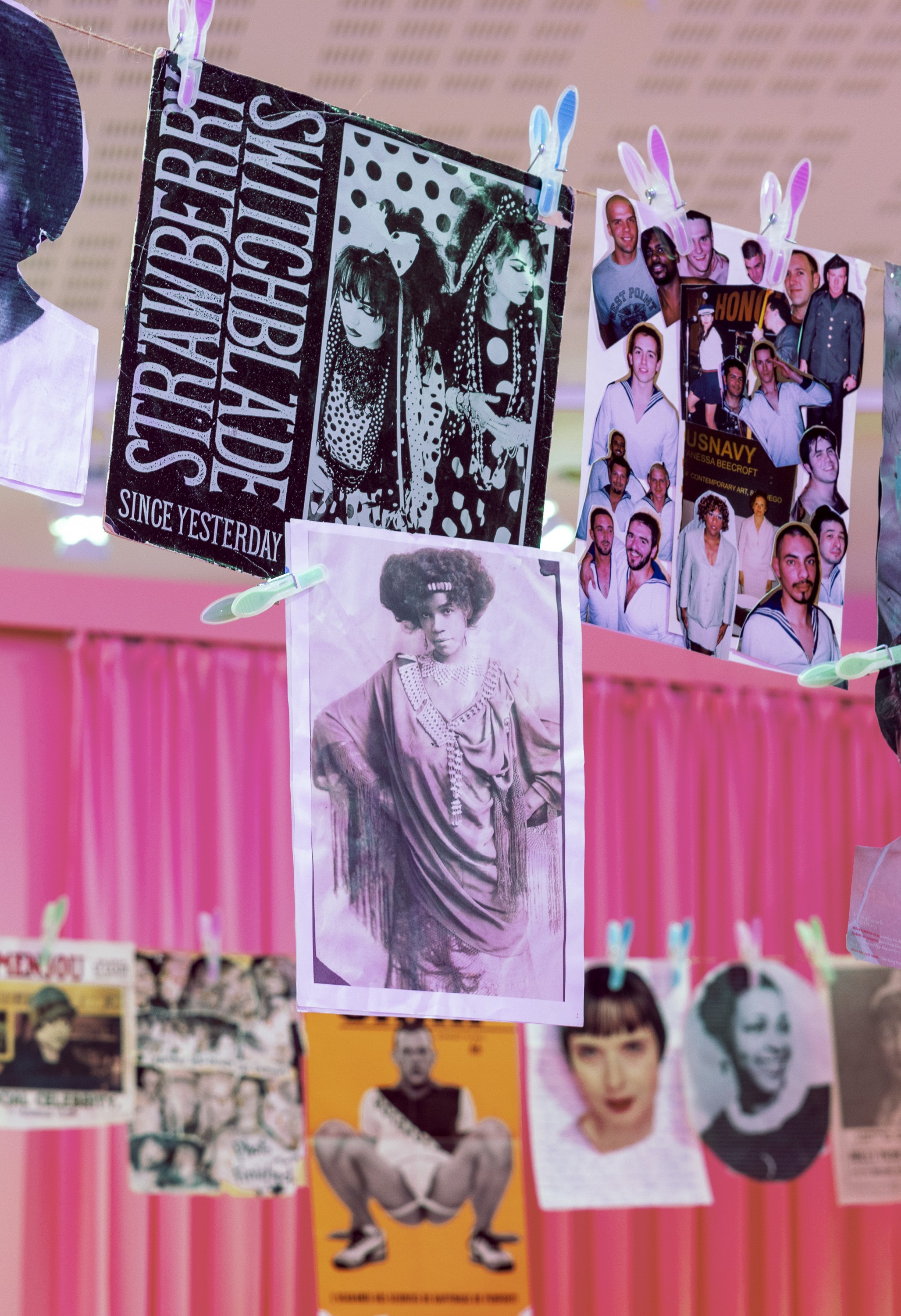Once upon a time, in the far-eastern part of Los Angeles, a little girl was born. Her name was Vaginal. She was a child prodigy: she could read when she was two, soon learned to speak five languages including Assyrian, graced the stage of numerous elementary school theatres, enrolled in the local genius honours program, and, at the tender age of eight years, mounted her first exhibition at the Los Angeles Public Library, a radical rethinking of L. Frank Baum’s “The Wizard of Oz”.
Vaginal came out as Black at the age of eighteen. Inspired by the militancy of the Black Panthers in the United States, Vaginal named herself after Angela Davis — forever cementing her name in the annals of history: Vaginal Davis.
In the late 1970s, she started a band called The Afro Sisters, followed by other punk bands including ¡Cholita!; Pedro, Muriel & Esther; and black fag. Vaginal Davis made a scene, referred to by flannel-wearing scholars as “homocore,” a movement that refused the lame game of the gay mainstream and created a radical alternative for many a freak and misfit. Children and innocent white boys were advised to stay inside, as Vaginal Davis played to stars and plebeians alike on the stages of night clubs, gay bars, and punk pits. Even then, Vaginal Davis understood the path to world domination:
“Everything that is culturally fascinating and interesting in the world originated in the Black queer demimonde then gets adapted by the Black straight populace, then co-opted into dominant or popular culture.”
Vaginal Davis did not stop there. She would go on to become a published author, award-winning blacktress, visual artist, temple prostitute, drag terrorist, celebrated film and documentary maker, cult figure, international superstar, spokesmodel, gossip columnist, influential socialite, and foundational performance artist.
She also moved to Berlin in the mid-2000s, where she made another scene, merging Los Angeles punk with Berlin radical. The Gospel of Vaginal Davis is now preached in every church, school, and queer club, from bustling metropoles to peaceful villages.
At Moderna Museet, Vaginal Davis metabolizes her own history with three major installations. First, “The Carla DuPlantier Cinerama Dome”, which holds four of Ms. Davis’s films from the 1980s and 1990s: “That Fertile Feeling” (1983), “Cholita!” (1995), “The White to be Angry” (1999), and “The Last Club Sucker” (1999). Together, they show Ms. Davis as a founding mother of Los Angeles’s punk “homocore” scene.
The second installation is “HAG – small, contemporary, haggard”. Initially conceived as Ms. Davis’s apartment gallery on 7850 Sunset Blvd. in Hollywood, California (1982-1989). “HAG” hosts numerous works by Ms. Davis: a suite of paintings of “women trapped in the bodies of women”; an installation of “lesbian domesticity wallpaper”; and two totemic sculptures made of bread, “Dirty Mariah (Lower Mesopotamia 40 BC)” and “Timberlake”, described by Ms. Davis as “Rapa Nui Moai monuments vs. the Venus of Willendorf.”
In the final room you are invited to step into “The Wicked Pavilion”, where, in the form of a library and a tween bedroom, Vaginal Davis brings together the icons, celebrated and forgotten, that populate her universe, through a dazzling installation of over 500 books, over forty paintings, and numerous handbag sculptures, not to mention a sampling of her blog avant-la-lettre “Speaking From the Diaphragm: The Vaginal Davis Blog (…From the Counsel of Inter-Continental Balistic Principalities with over 15,000,000 Followers and Subscribers)”.
But we do not stop there. “Vaginal Davis: Magnificent Product” also takes place at partner institutions in Stockholm, including Accelerator, Stockholm University, Index – Swedish Foundation for Contemporary Art, MDT (Moderna Dansteatern), Nationalmuseum, and Tensta Konsthall — with each venue highlighting a different part of Vaginal Davis’s work.
Contact
T +49—30—26 39 76 20
F +49—30—26 39 76 229
E info(at)bortolozzi.com
Subscribe to our newsletter here →
Schöneberger Ufer 61
10785 Berlin, Germany
Directions
